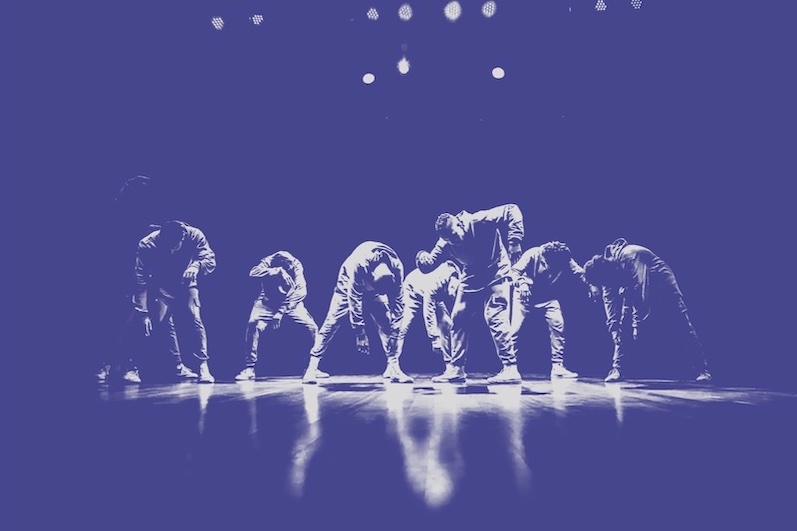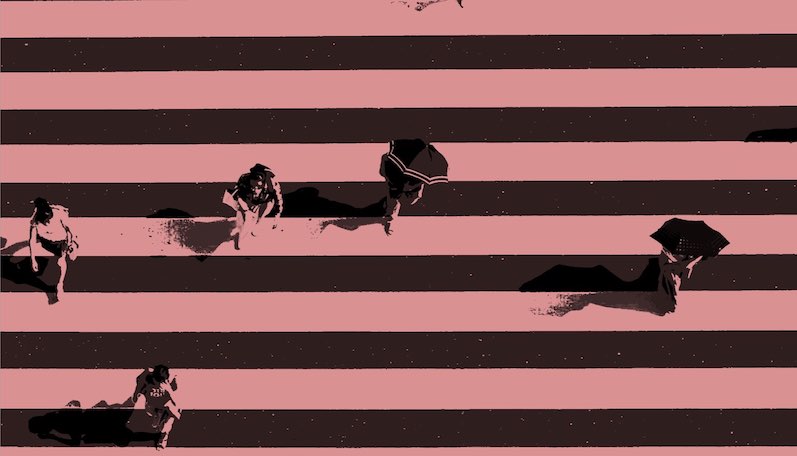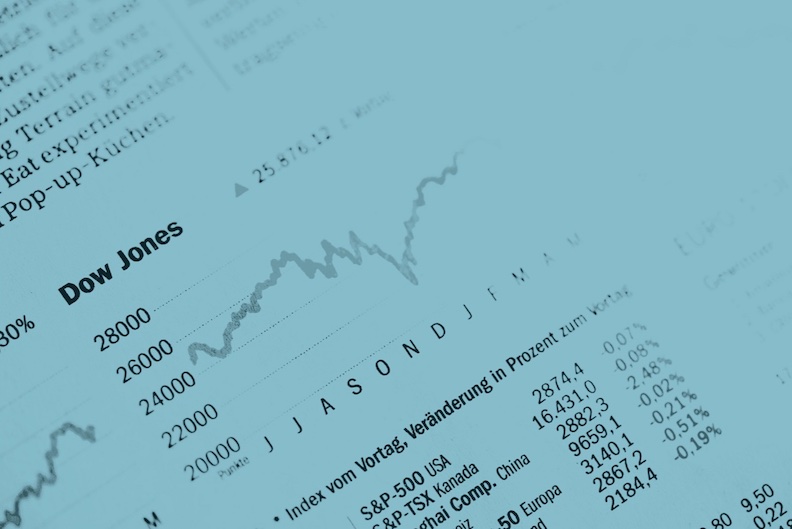What is it about?
Over the seventy years since its release, Fred Zinnemann’s adult western has been consistently growing in recognition due to its unmatched multidimensional influence resulting from the unique merits of both its form and content. The goal of the article is to document and analyze the areas of its enormous impact. While its unusually economical narration, modelled on the classical unities and further enhanced by the use of time passing to arouse suspense, was quite openly imitated in several westerns, elements of its content and message, condemning the proceedings of the House un-American Activities Committee in Hollywood and the inadequate, mostly passive, response of the movie industry circles, are traceable in many films of all genres. In addition to some references to High Noon encountered in movies, there are nearly a hundred literary works (all listed in the article) that either mention or allude to the film. And the citations and analyses of those references constitute one of the major attractions of the article, illustrating, among other things, various examples and mechanisms of the film’s impact on a literary character and demonstrating which writers are fascinated by the western the most. Quite unexpectedly, the impact can be also traced in linguistics as the phrase ‘high noon,’ having irreversibly invaded the vernacular, is widely used in both casual communication and multiple works of both fiction and nonfiction. The last area of the impact, politics, is manifested in the famous “Solidarity” poster utilizing the iconic image from the film. Designed by Tomasz Sarnecki for the first post-World War II free election in Poland, the historically significant poster keeps reemerging as a reminder of the universal political message of Zinnemann’s picture.
Featured Image

Photo by Jeanne Rouillard on Unsplash
Why is it important?
While all the areas of the film’s overwhelming impact discussed in the article validate the unique place it has earned in the history of the cinema, there are a couple that go far beyond what is expected from the film industry. It is the impact of the movie title on the English language, both written and spoken, and, more significantly, the special meaning of Sarnecki’s poster, which is even more crucial and universal now, with its hidden irony—resulting from the juxtaposition of the opposite sources of threat, that which was implied in the allegorical dimension of the film and that which is rather obvious in the current political situation in the world—notwithstanding.
Perspectives
The increasing pattern of literary references to High Noon, showing a double number in the works published in the last three decades as compared to those of the first four decades since its release, allows one to expect more evidence of the impact of the film to be found in the upcoming works of both fiction and nonfiction. A similar prediction can be made in the area of its influence on the English language, and even more so in politics, where the unique and universal message of the picture is more than likely to remain applicable to various situations in different parts of the world for years to come.
Henryk Hoffmann
Read the Original
This page is a summary of: The 70th Anniversary of High Noon, Film International, September 2022, Intellect,
DOI: 10.1386/fint_00172_1.
You can read the full text:
Contributors
The following have contributed to this page







